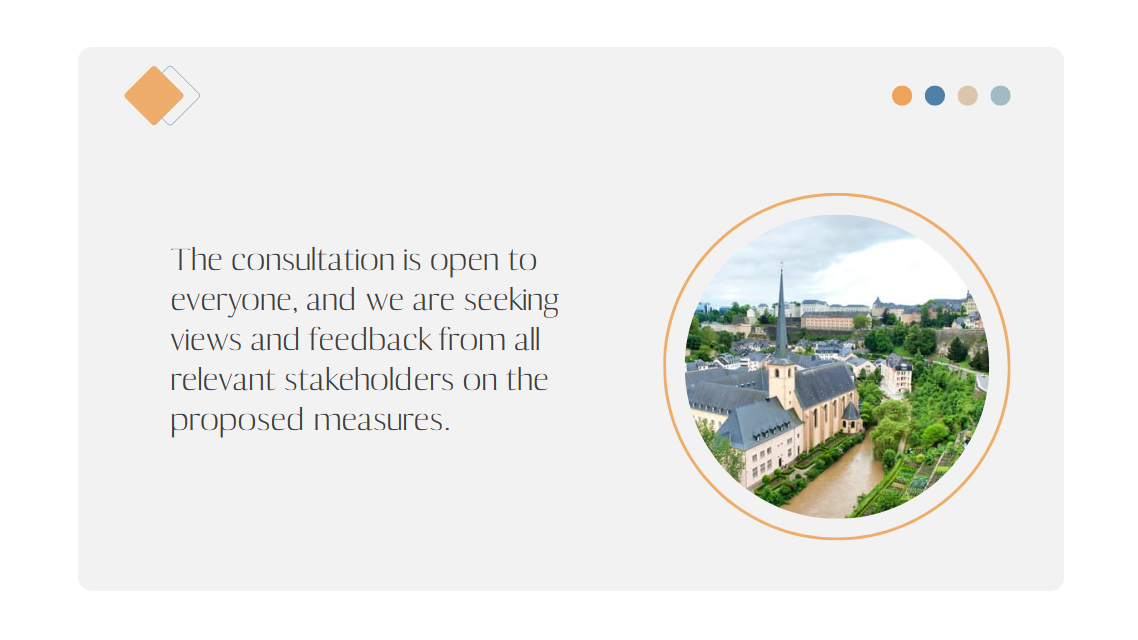The US economy now also seems to be experiencing a slowdown in activity
After a prolonged period of remarkable resilience, the US economy seems to be experiencing a slowdown in activity as well, note Guy Wagner and his team in their latest monthly market report "Highlights".
The high GDP growth rate of 5.2% annualised in the third quarter is unlikely to be replicated in the final three months of the year. “The main index of activity in the manufacturing sector remains in deep negative territory, while the index measuring business trends in services is gradually approaching the level of 50, marking the boundary between expansion and contraction,” says Guy Wagner, Chief Investment Officer (CIO) of the asset management company BLI - Banque de Luxembourg Investments. “Even the labour market is showing the first signs of weakness, with the unemployment rate beginning to rise slightly.”
Despite the prospect of interest rates higher for longer, which has been repeated on numerous occasions by monetary policymakers on both sides of the Atlantic, expectations of a reduction in central bank key rates as soon as the first half of 2024 are intensifying, following the favourable trend in inflation and the continuing slowdown in the global economy.Guy Wagner
In Europe, the economic slowdown continues
In Europe, the economic slowdown continues, with the decline in GDP recorded by Germany and France in the third quarter likely to be followed by a further fall at the end of the year. “In China, the distressed state of many property developers is preventing a recovery in activity in both services and industry, the latter also being affected by the slowdown in global demand,” according to the Luxembourgish economist. In Japan, third-quarter growth in domestic consumption fell short of expectations, as a record rise in nominal wages was more than offset by an increase in the cost of living.
Investors expect key interest rates to be cut as soon as the first half of 2024
The fall in inflation has given the US and European central banks the opportunity to take a wait-and-see approach to analysing the effects of previous interest rate hikes. Neither the Federal Reserve nor the ECB are expected to change their monetary policy at their respective December meetings. “Despite the prospect of interest rates higher for longer, which has been repeated on numerous occasions by monetary policymakers on both sides of the Atlantic, expectations of a reduction in central bank key rates as soon as the first half of 2024 are intensifying, following the favourable trend in inflation and the continuing slowdown in the global economy.”
Turnaround in the bond markets
In November, the slowdown in inflation and the wait and see approach by central bankers suggesting that the cycle of interest rate rises was likely to come to an end triggered a turnaround in the bond markets. Thus, after rising sharply in October, bond yields eased considerably on both sides of the Atlantic. In the United States, the yield to maturity on the 10-year Treasury note fell. In the eurozone, the benchmark 10-year rate fell in Germany, in France, in Italy and in Spain.
Hopes of monetary easing without falling into recession boost stock markets
After the weakness of the previous month, stock markets rose sharply in November. Guy Wagner: “The gradual easing of inflation and the remarkable resilience of the US economy throughout the year have changed investors' expectations regarding the outcome of the economic slowdown. Unlike the situation a year ago, the scenario in which the Federal Reserve will succeed in avoiding recession has now become the consensus view.” In terms of sectors, technology, real estate and manufacturing gained the most, while consumer staples and healthcare rose only slightly, and energy even fell.























































First, please LoginComment After ~